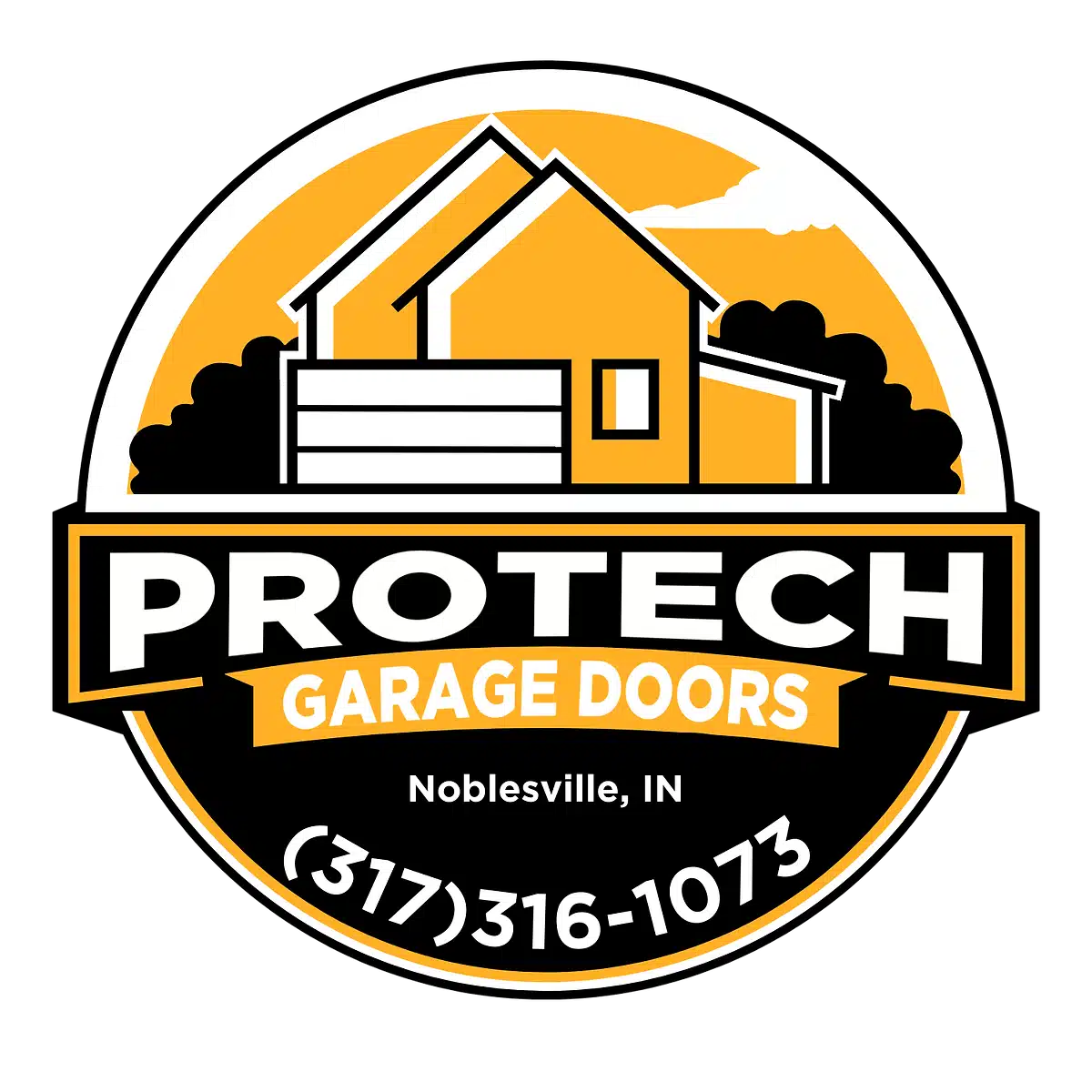Are you having trouble with your garage door’s performance? Learn expert methods for troubleshooting and adjusting a LiftMaster garage door opener for better function and reliability.
LiftMaster garage door openers are known for their durability, smart features, and strong performance. However, like any mechanical system, they may occasionally require adjustments to maintain smooth and safe operation. Knowing how to handle small issues on your own can save time, prevent unnecessary service calls, and improve your opener’s longevity.
Many homeowners deal with problems like a door not opening fully, reversing unexpectedly, or making excessive noise. These issues are often related to misalignment, sensor problems, or incorrect settings that can be fixed with a few simple adjustments. Whether you’re troubleshooting an existing problem or fine-tuning for optimal function, a step-by-step approach works best.

In this guide, we’ll walk you through practical solutions for identifying and adjusting a LiftMaster garage door opener. We aim to simplify the process so you can handle basic fixes confidently and safely while ensuring your system continues to work as intended.
Understanding the Key Parts That Affect Performance
Before adjusting a LiftMaster garage door opener, it’s important to understand the components that typically influence its performance. A garage door opener is a complex system, and its smooth operation depends on several key parts working in harmony. If the opener isn’t functioning as expected, inspecting these areas is the first step in troubleshooting.
Travel and Force Limits
These settings control how far the door travels when opening and closing, as well as the amount of force applied by the motor. Incorrect travel or force settings can lead to issues such as the door reversing suddenly, stopping mid-motion, or not fully closing or opening.
Safety Reversing Sensors
Located near the bottom of the door tracks, these sensors detect obstructions in the path of the door. If they are dirty, blocked, or misaligned, the opener may refuse to close the door for safety reasons. Ensuring they are clean and properly aligned is crucial for both safety and performance.
Remote Controls and Wall Consoles
These devices send signals to the garage door opener. Issues such as dead batteries, signal interference, or worn-out buttons can cause inconsistent or failed operation. Testing these inputs can help determine if the problem lies with the control mechanism.
Drive System (Chain, Belt, or Screw)
The drive system transfers power from the motor to the door. Each type—whether chain, belt, or screw—has its own characteristics and maintenance needs. Problems such as excessive slack, wear, or unusual noise can arise over time, affecting the opener’s efficiency and noise level.
Signs Your LiftMaster Opener Needs Adjustment
A LiftMaster garage door opener is designed for reliable, smooth operation—but over time, wear and environmental factors can cause performance issues. Recognizing the early signs that your opener needs adjustment can help prevent further damage and maintain the safety and efficiency of your system. Below are some of the most common symptoms to watch for:
Door Doesn’t Close All the Way or Opens Partially
If your garage door stops short while closing or only opens partially, this could indicate a problem with the travel limits. These settings determine how far the door moves in either direction, and when misaligned, they can prevent full operation.
Opener Light Flashes but Door Doesn’t Move
Flashing lights on the opener often signal a safety sensor issue or a problem with the force settings. If the door doesn’t respond, it’s important to check for obstructions or misalignment in the safety reversing sensors.
Door Reverses Immediately After Hitting the Floor
When the door hits the floor and then reverses, this usually points to incorrect down-force settings. The opener may interpret contact with the ground as an obstruction and reverse the door for safety.
Opener Is Unusually Noisy During Operation
Unusual noises such as grinding, squeaking, or rattling can be signs of mechanical strain, a worn drive system, or loose hardware. Identifying and addressing these noises early can prevent further wear or damage.
Wall Control or Remote Intermittently Fails to Work
If your remote or wall console only works sporadically, the issue could be due to weak batteries, signal interference, or wiring problems. Ensuring these components are in good condition is key to consistent functionality.
How to Adjust Travel Limits and Force Settings
The travel and force settings on a LiftMaster garage door opener control two critical aspects of its operation: how far the door moves (travel) and how much power the motor applies (force). Incorrect settings can lead to the door stopping prematurely, reversing unexpectedly, or not sealing properly when closed. Adjusting these settings correctly helps ensure safe and efficient operation.
Adjusting Travel Limits
The travel limits tell the opener how far to move the garage door in both the upward and downward directions.
Steps to Adjust Travel Limits:
- Locate the travel adjustment dials on the opener. These are typically labeled “Up” (or “Open”) and “Down” (or “Close”) and are often located on the side or back panel of the motor unit.
- Use a flathead screwdriver to turn the dials.
- To open the door further, increase the “Up” limit by turning the dial clockwise in small increments.
- To close the door more completely, increase the “Down” limit by turning that dial slightly clockwise.
- Test the door after each adjustment by running a full open/close cycle. Fine-tune the settings as needed.
Adjusting Force Settings
Force settings determine how much power the opener uses to lift or lower the door. Too little force can cause the door to stall or reverse unnecessarily; too much force can be a safety hazard.
Steps to Adjust Force Settings:
- Locate the force adjustment dials, usually found near the travel limit controls. These may be labeled “Up Force” and “Down Force.”
- If the door isn’t moving fully or is reversing, turn the appropriate dial slightly clockwise to increase the force.
- Adjust the Up Force if the door struggles to open.
- Adjust the Down Force if the door reverses before closing completely.
- Adjust the Up Force if the door struggles to open.
- Make small changes, then test the door to ensure it moves smoothly without hesitation.
Important Safety Note
After making any adjustments to travel or force settings, always test the safety reversing system:
- Place a solid object like a 2×4 under the door and close it.
- The door should reverse immediately upon contact.
- If it doesn’t, readjust the force settings and test again until the door meets safety standards.
Realigning and Cleaning Safety Sensors

Misaligned or dirty sensors are a common reason doors stop or reverse unexpectedly. The sensors near the bottom of the door tracks must face each other with an unobstructed line of sight.
Steps to Fix Sensor Issues:
- Check for blinking lights—this indicates misalignment.
- Gently adjust the sensors until both lights are solid.
- Clean the sensor lenses with a soft cloth to remove dust or debris.
- Make sure nothing is blocking the sensor path.
Proper sensor alignment is essential for safety and system reliability.
Syncing and Reprogramming Remote Controls
If your remote control stops working, the issue may be related to signal interference or desynchronization. Resetting or reprogramming the remote can resolve these problems.
How to Reprogram the Remote:
- Press and hold the “Learn” button on the back of the opener motor until the LED turns on.
- Within 30 seconds, press and hold the remote button.
- Release when the opener light blinks or clicks.
If syncing fails, try replacing the battery in the remote before attempting reprogramming again.
Frequently Asked Questions
How do I adjust my LiftMaster garage door opener?
To adjust your LiftMaster garage door opener, locate the adjustment knobs on the motor unit, typically labeled “Up” and “Down” or “Open” and “Close.” Turn these knobs slightly to change how far the door opens or closes. Always test the door after adjustments to ensure smooth and safe operation.
How to adjust the force on a garage door opener with manual adjustment screws?
Locate the force adjustment screws on the back or side of the garage door opener motor unit. One screw controls the force needed to open the door, and the other controls the closing force. Turn them in small increments and test the door to prevent excessive force, which can damage components or affect safety.
How do I program my LiftMaster garage opener?
To program a LiftMaster opener, press the “Learn” button on the motor unit until the indicator light turns on. Then press the desired button on your remote within 30 seconds. The light will blink or the opener will click, indicating successful programming.
How to program a LiftMaster garage door opener without learn button?
If the “Learn” button is not visible, your unit may be older and require dip switches inside the remote and opener to match. Open the remote and opener covers, align the switches in the same pattern, and test the remote. Refer to the manual for specific model instructions.
How do you reset a LiftMaster garage door opener?
To reset a LiftMaster garage door opener, press the “Learn” button on the opener motor until the LED goes out (about 6-10 seconds), erasing all remote controls and keypads. Then reprogram the remotes and keypads by pressing the Learn and remote buttons within 30 seconds. This restores factory settings and removes any previously connected devices.
Conclusion
Learning how to troubleshoot and begin adjusting a LiftMaster garage door opener can save you from avoidable service costs and improve the overall function of your system. With the right approach and a basic understanding of your opener’s parts, many minor issues can be safely handled at home.
Addressing problems like misaligned sensors, incorrect travel settings, or remote syncing not only restores functionality but also enhances the safety of your garage door system. As you gain confidence in these tasks, you’ll be better equipped to keep your LiftMaster opener running efficiently for years.
For larger repairs or if you’re unsure of what to do next, Protech Garage Doors is here to help. Our team provides professional service tailored to LiftMaster systems and ensures everything works seamlessly.
End Note
Protech Garage Doors proudly serves Noblesville, IN, with expert solutions for all your garage door opener needs. Whether programming your opener, resolving frequency interference, or resetting security codes, our skilled technicians are equipped to handle it all. We offer comprehensive services designed to keep your system running smoothly, and our experience spans every kind of opener issue you might face.
Explore our garage door services in Noblesville, IN, including new garage door installation, opener servicing, and full garage door repair in Noblesville and Westfield. We work with advanced products like the LiftMaster 81650 and LiftMaster 98022, offering lasting value and performance solutions. Visit our About page to learn more about our team, check out completed projects in the Gallery, and get professional insights on our Blog. Answers to your most common questions are available on our FAQ page. Ready to schedule service or request more information? Our team is here to help—simply reach out through our Contact Us page. You can also stay connected by following us on Facebook and Instagram, where we share helpful tips, company news, and project highlights. Protech Garage Doors is your reliable partner for trusted service and superior results.
Protech Garage Doors
23 S 8th St ste. 2200, Noblesville, IN 46060
+13173161073

